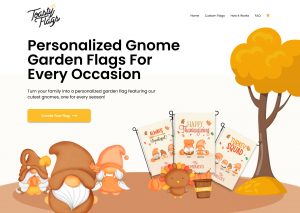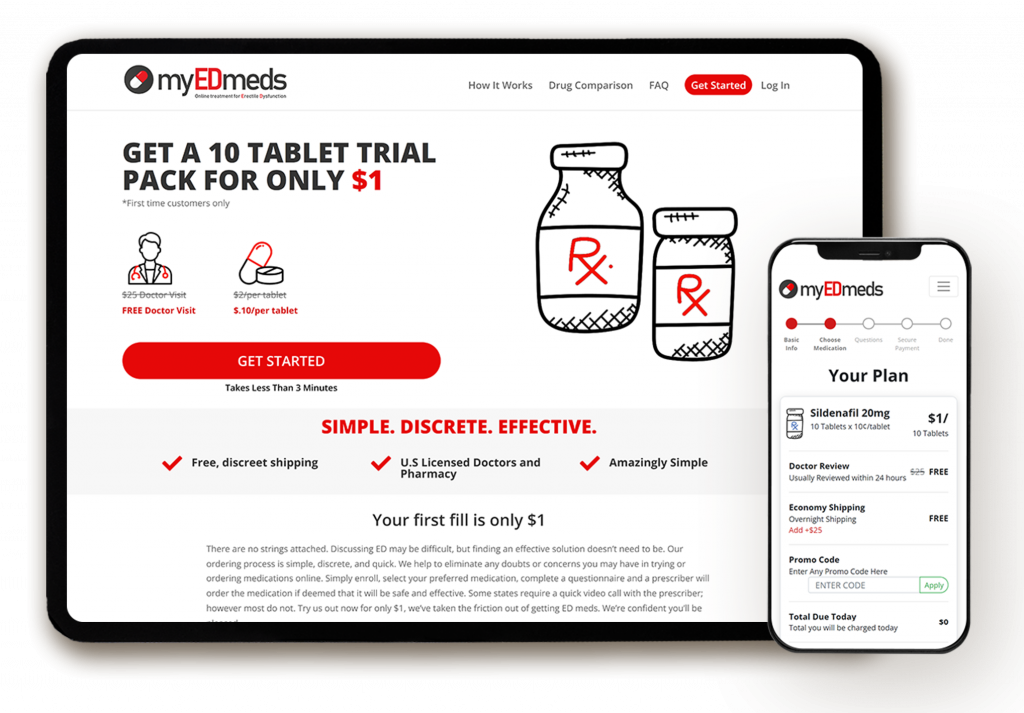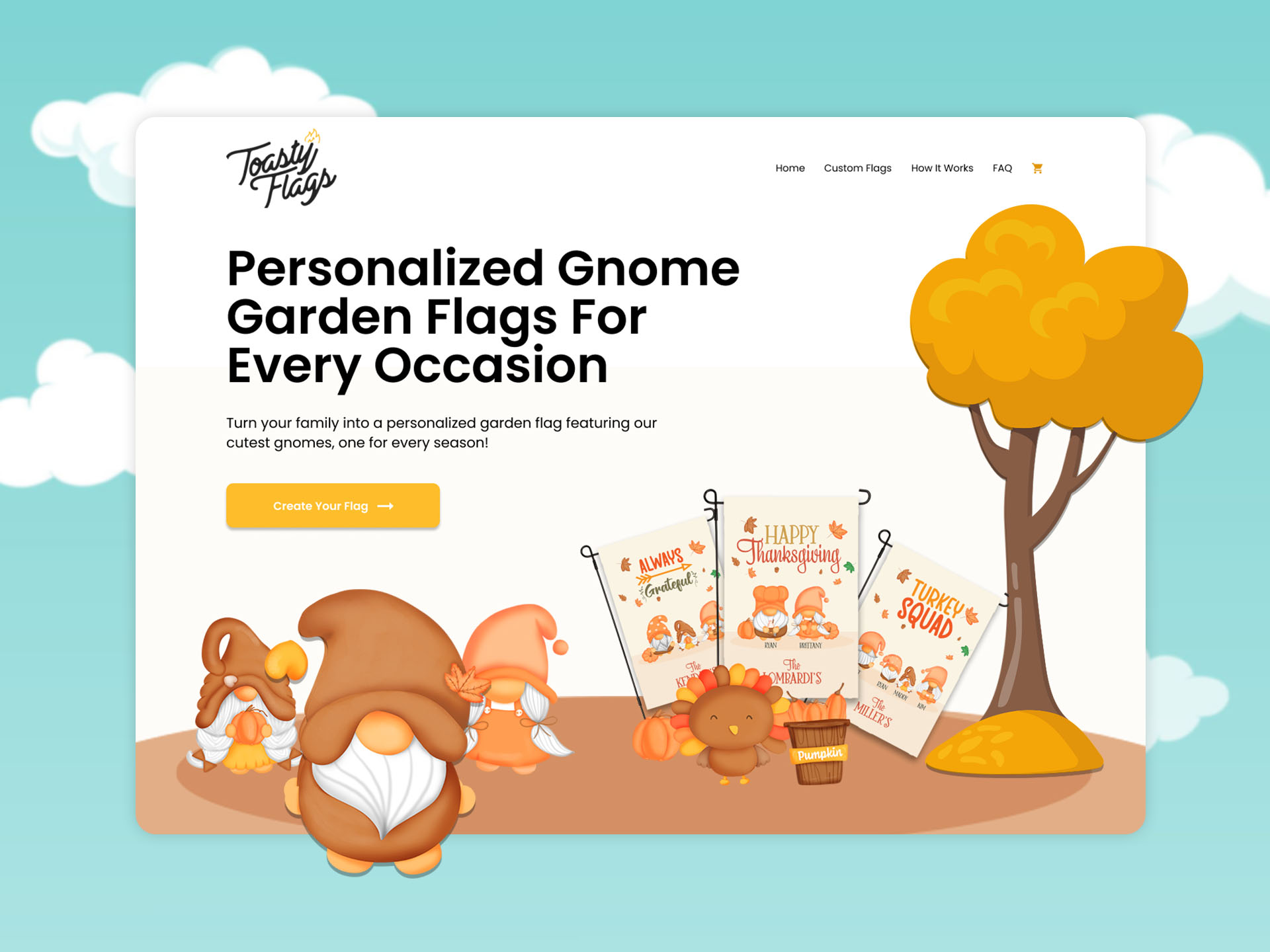Skip here
What if it doesn’t work?
Understand how recruiters source candidates on LinkedIn and how to optimize your profile to improve your chances of being found.

Beef Is Good
Hi there, please work.

Continued paragraph
Click Test
fgffghhjvhvjgghj
The UX Design Process
How can we translate the human experience into a reproducible and scientific experiment? By following a UX design process that includes the following steps:
- Strategy—Devise a UX strategy that combines the project’s vision, or goals, and plans for the execution of the design project. For example, one goal might be increasing sales, while the execution of this goal would require assigning resources to the project.
- Research—Conduct research that informs UX design. This UX research might comprehend both internal and external research. For example, you might conduct some fact-finding research, with assistance from your customer-support team, to learn more about common problems that your users encounter; conduct user research to better understand your users’ needs and characteristics; or learn about the strengths and weaknesses of your competitors’ products by performing a competitive analysis.
- Analysis—Analyze the qualitative and quantitative data that comprise your research findings, while keeping your strategy in focus.
- Ideate—Consider many different ideas and concepts—prioritizing quantity over quality—before proceeding with a few UX design options. For example, you might have several different viable ideas for designs to increase signups.
- Prototype—These could be either wireframes or high-fidelity, functional prototypes and are a great way to quickly gather feedback on your design concepts from ideation. You could prototype all your design ideas, iterating on each of them until you’re sufficiently satisfied with your design to move on to testing.
- Test—Conduct UX testing such as usability testing or multivariate testing to better understand what users do and how they do it. You should test and retest as often as necessary. For example, you might be about to roll out a new feature for your application. Create task scenarios, then conduct a moderated usability test to see whether users can discover, access, understand, and use the new feature.
- The UX Design Process
- How can we translate the human experience into a reproducible and scientific experiment? By following a UX design process that includes the following steps:
- Strategy—Devise a UX strategy that combines the project’s vision, or goals, and plans for the execution of the design project. For example, one goal might be increasing sales, while the execution of this goal would require assigning resources to the project.
- Research—Conduct research that informs UX design. This UX research might comprehend both internal and external research. For example, you might conduct some fact-finding research, with assistance from your customer-support team, to learn more about common problems that your users encounter; conduct user research to better understand your users’ needs and characteristics; or learn about the strengths and weaknesses of your competitors’ products by performing a competitive analysis.
- Analysis—Analyze the qualitative and quantitative data that comprise your research findings, while keeping your strategy in focus.
- Ideate—Consider many different ideas and concepts—prioritizing quantity over quality—before proceeding with a few UX design options. For example, you might have several different viable ideas for designs to increase signups.
- Prototype—These could be either wireframes or high-fidelity, functional prototypes and are a great way to quickly gather feedback on your design concepts from ideation. You could prototype all your design ideas, iterating on each of them until you’re sufficiently satisfied with your design to move on to testing.
- Test—Conduct UX testing such as usability testing or multivariate testing to better understand what users do and how they do it. You should test and retest as often as necessary. For example, you might be about to roll out a new feature for your application. Create task scenarios, then conduct a moderated usability test to see whether users can discover, access, understand, and use the new feature.



